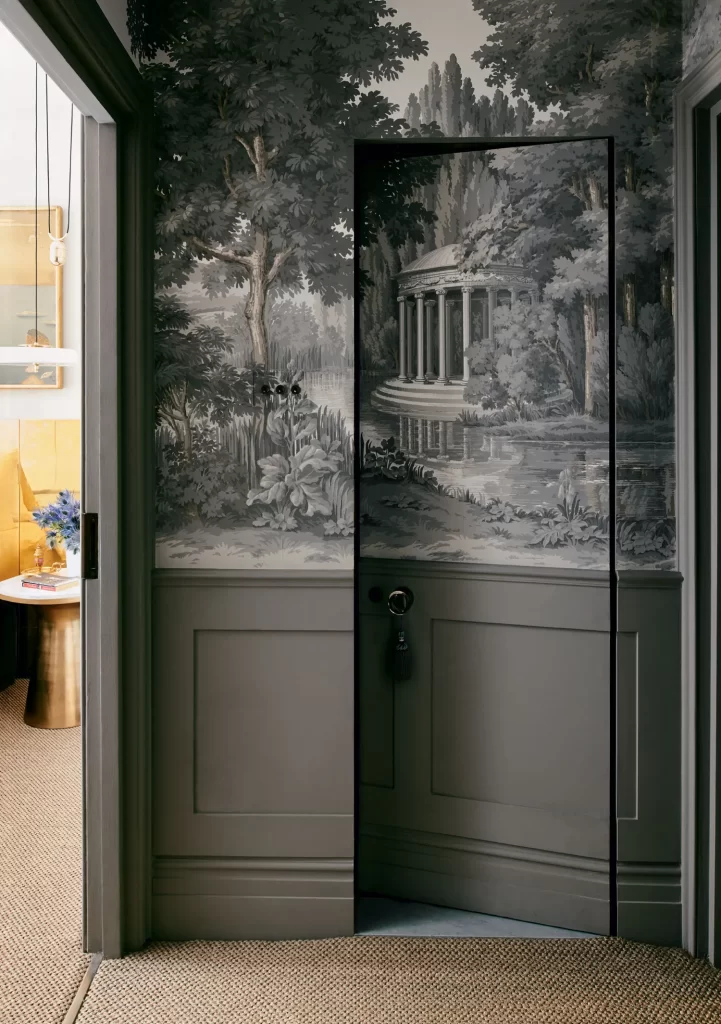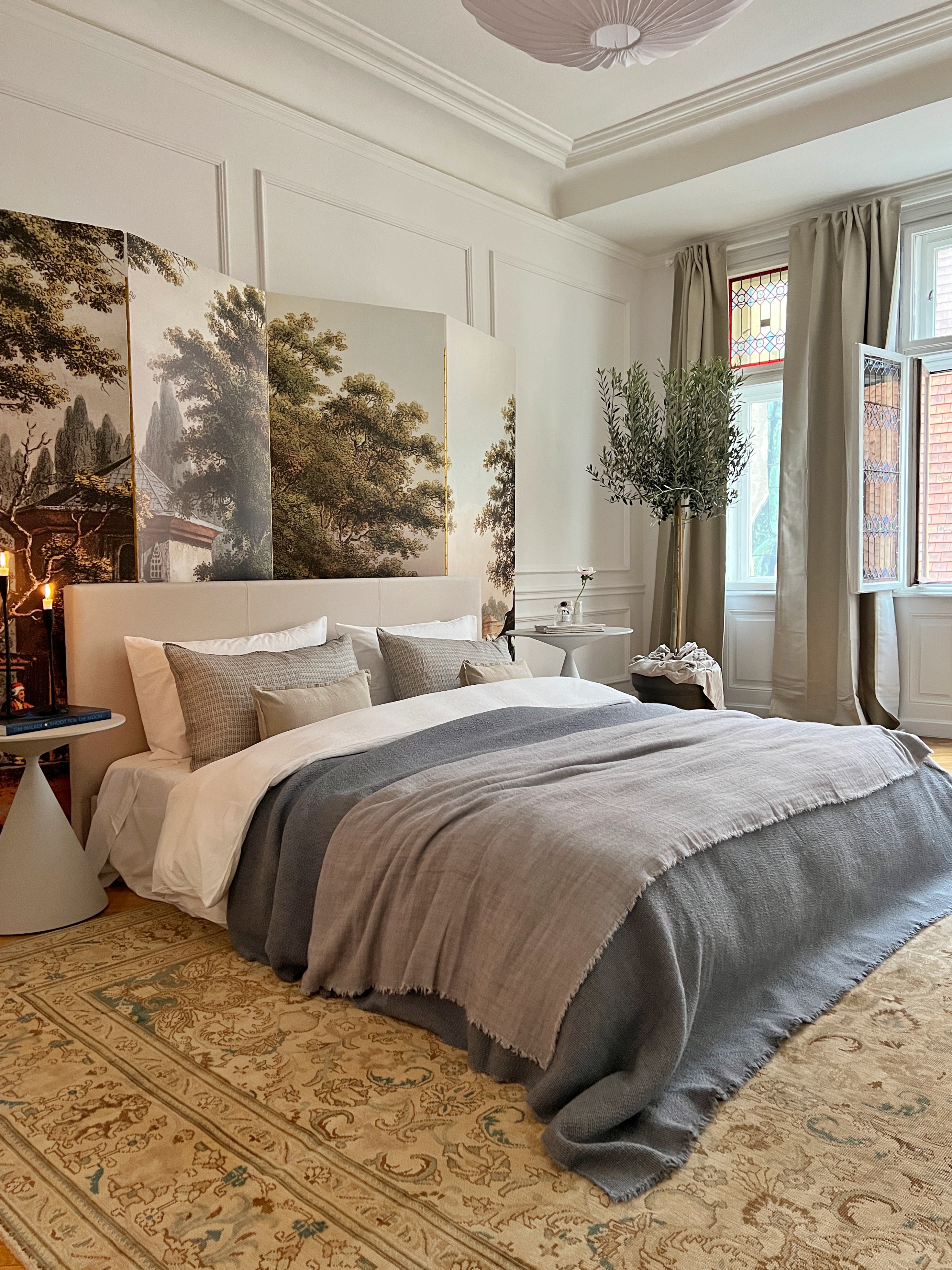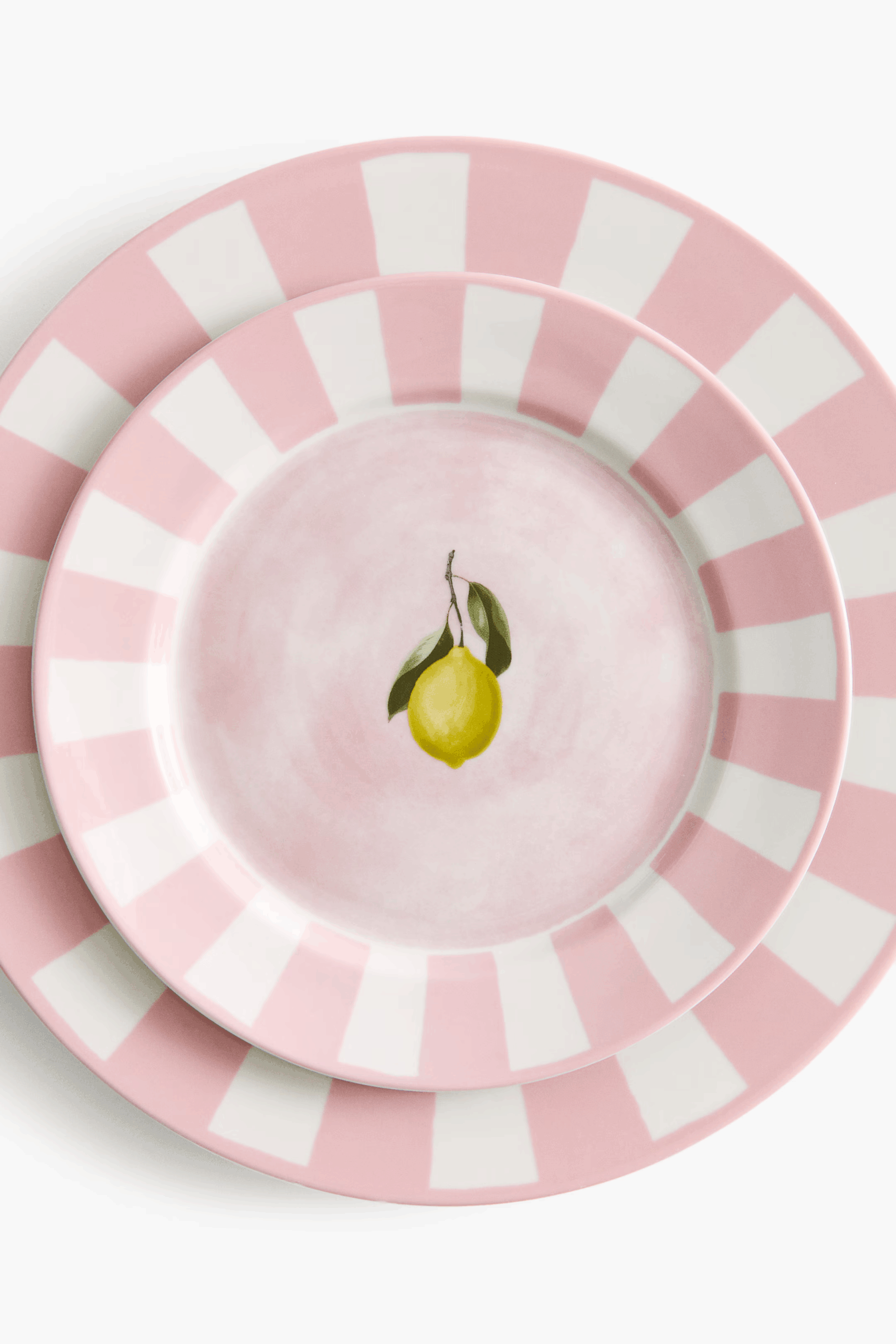An overview of different wallpaper types and which one to buy
Wallpaper has had its revival over the last years, and we’re so here for it! Wallpaper is such a unique way to decorate and change rooms, as well as to add depth to them. However, there are many different wallpaper finishes and options you should know about before purchasing one.
Which types of wallpaper are out there?
If you ever tried to add wallpaper to your cart, you might have seen that there are often various finishes. Although these finishes can appear to be irrelevant, they actually differ a lot!
- Traditional wallpaper with paste (paste-the-wall wallpaper)
- Peel and stick wallpaper (self-adhesive)
So what’s the difference? Well, as you can already guess, the peel and stick wallpaper finish does not require you to add wallpaper paste to the wall first, as it is self-adhesive (you peel off a layer on the back of the wallpaper and simply stick it to the wall). On the other hand, there are traditional wallpaper finishes that come with wallpaper paste that has to be put on the wall first before you can stick the wallpaper to it.

Ok, but which type should I choose?
From my experience (and also from the experience of others I spoke to), try to avoid peel and stick wallpaper at all costs!! Unlike traditional wallpaper, peel and stick wallpaper is much harder to apply, as it has a strong glue and will stick to the wall as soon as it touches it. With traditional wallpaper where you apply wallpaper paste to the wall first, you are more flexible as you can gently move the wallpaper to its perfect position after pasting it to the wall. Furthermore, I personally find it easier to keep the “air bubbles” out under the traditional wallpaper. I have also heard the same opinion by wallpaper brands themselves AND professional painters.
Additionally, I highly recommend purchasing a non-woven or textured wallpaper as this has the nicest feel, adds the most depth and generally just looks of the highest quality. Non-woven wallpaper is also breathable due to its natural character and therefore good for the daily use (can also be gently cleaned with a damp cloth when dirty etc).

So … why are there even peel and stick wallpapers out there?
Peel and stick wallpaper definitely has its own eligibility, as it is super useful when not “all” walls are being covered in wallpaper, for example.
Let me explain:
Wallpaper can be used as a decorative element. Some people like to apply some wallpaper to the wall and frame it. This way it’ll look like a huge painting which is always a massive eye-catcher! Also, it is often quite difficult to find paintings of that size and with the exact motive you are looking for. Peel and stick wallpaper is a great option for that.


Furthermore, there are other projects where peel and stick wallpaper makes sense. Sometimes, cupboards are covered with wallpaper on the inside, which looks AMAZING. (highly recommend!!). For this, it is also useful to work with peel and stick wallpaper, as you are working with a smaller space and the surface of a cupboard differs from those of a wall.


Another option can be adding peel and stick wallpaper to the outside of wardrobe doors or even other DIYs, such as the paravant Studio Keen created for their Project “Deux Cheminées”, of which you can read more here.


To sum things up …
Overall, both traditional wallpaper and peel and stick wallpaper are useful, depending on which project you are tackling. Traditional wallpaper with wallpaper paste is ideal for covering your walls/ceiling, while peel and stick wallpaper is often a good choice for DIYs or other projects that don’t require covering a large surface with wallpaper.
Wanna read more on where to buy the best wallpapers? Leave a comment!



